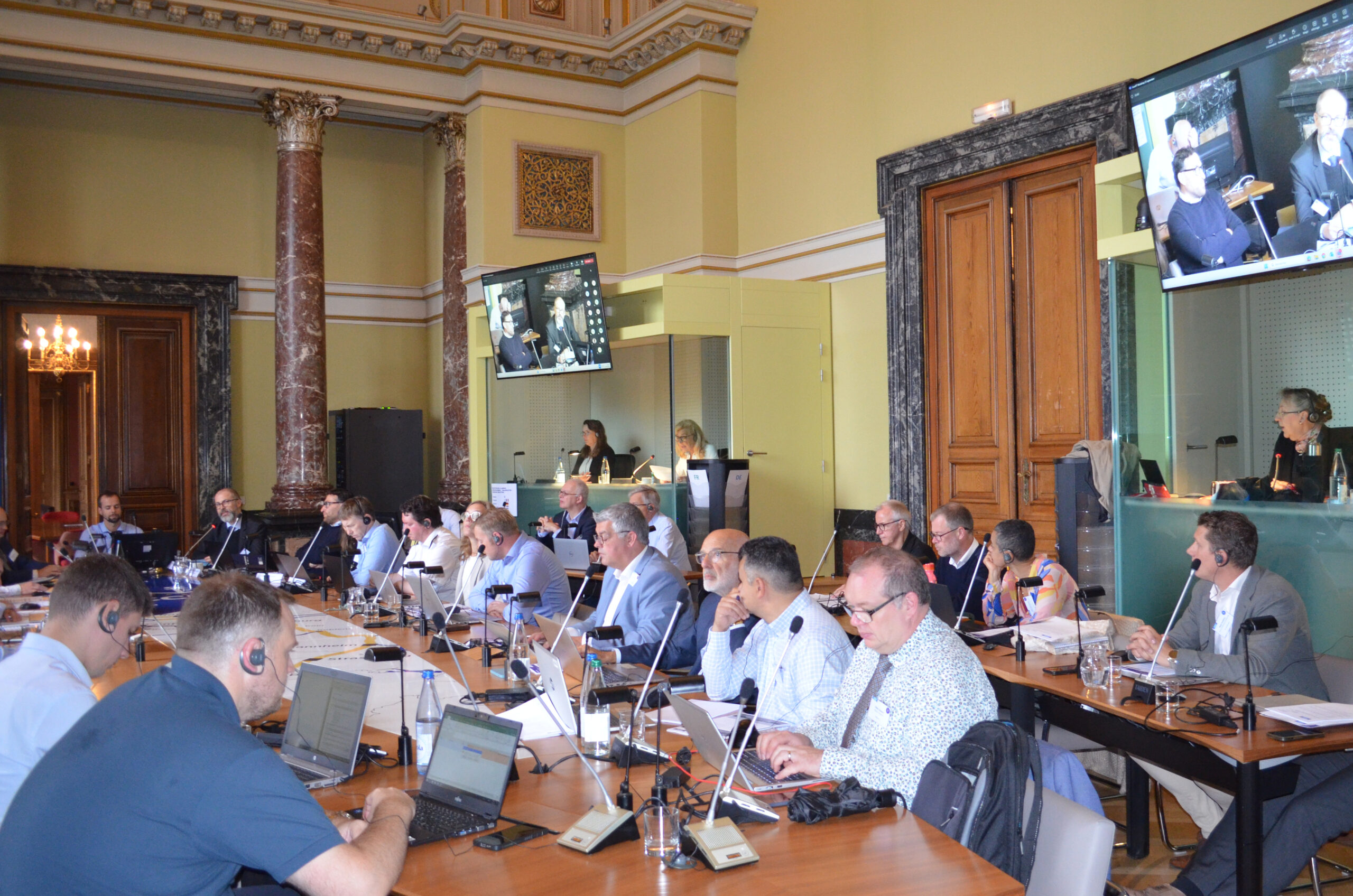Review of the model of vessel certificate: results of a successful workshop at the Palais du Rhin
23/09/2025
Strasbourg, 23 September 2025 – A workshop on the new model of inland navigation vessel certificate was held at the Palais du Rhin and online on 23 September 2025, organised by the European Committee for drawing up Standards in the field of Inland Navigation (CESNI). The workshop was attended by around forty participants, drawn from the 15 CESNI Member States as well as the European Commission, police forces (Aquapol), professional associations and river commissions (Central Commission for the Navigation of the Rhine, Danube Commission).

Source: CESNI
Providing information and collecting stakeholder requirements
The CESNI is currently reviewing the model of the vessel certificate set out in Annex 3 of the ES-TRIN. To this end, it is important for all stakeholders to be informed of the progress achieved and to be able to share their ideas and suggestions on the subject.
The workshop held on 23 September thus represented an important step, allowing the draft model certificate to be presented. The new certificate has a number of aims:
- to streamline the data fields to be recorded,
- to reduce the administrative burden for shipowners,
- to ease the work of the inspection bodies and police forces,
- to facilitate future digitalisation.
It should be noted that a vessel operating on EU waterways or the Rhine must carry either a Union inland navigation certificate or a Rhine vessel inspection certificate. Both certificates are issued by the Inspection Bodies and confirm the full compliance of the vessel with the technical requirements set in ES-TRIN.
Presentations and discussions in small groups
The morning session consisted of a number of presentations, covering areas such as the general structure of the draft new model vessel certificate, the list of data fields and the various ways in which the vessel certificate is used. These presentations allowed the regulators, the Inspection Bodies, the vessel operators and the police forces to clarify their positions.
The afternoon session was given over to discussions in small groups focussing on more specific issues. This format made it possible to collect suggestions on the initial CESNI proposal for a draft new model certificate, such as adding, removing or amending certain fields. The suggestions were based on actual experience with a view to ensuring simplification, modularity, digital accessibility, robustness and ease of use for all parties involved.
Main conclusions and next steps
The CESNI workshop offered the opportunity to present the draft new model certificate, in particular the data fields concerned. The draft new model certificate is based on a modular approach and is intended to facilitate the future digitalisation of the certificate. Only the relevant fields will be printed and thus the certificate will no longer have a fixed number of pages.
The contributions from the various parties involved are essential for the work to be done by the CESNI. These high-quality discussions made it possible to establish a solid basis for the future refining of the model vessel certificate and the preparation of the next steps. These are the development of the certificate issuance procedures and the associated data bases.
The aim is to include the new model vessel certificate in the ES-TRIN 2029/1, and for it to enter into force in January 2030.

